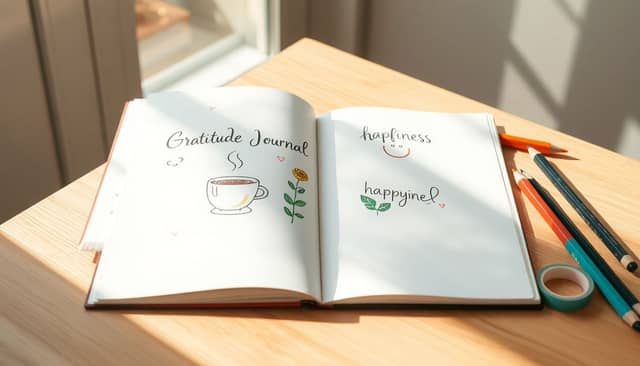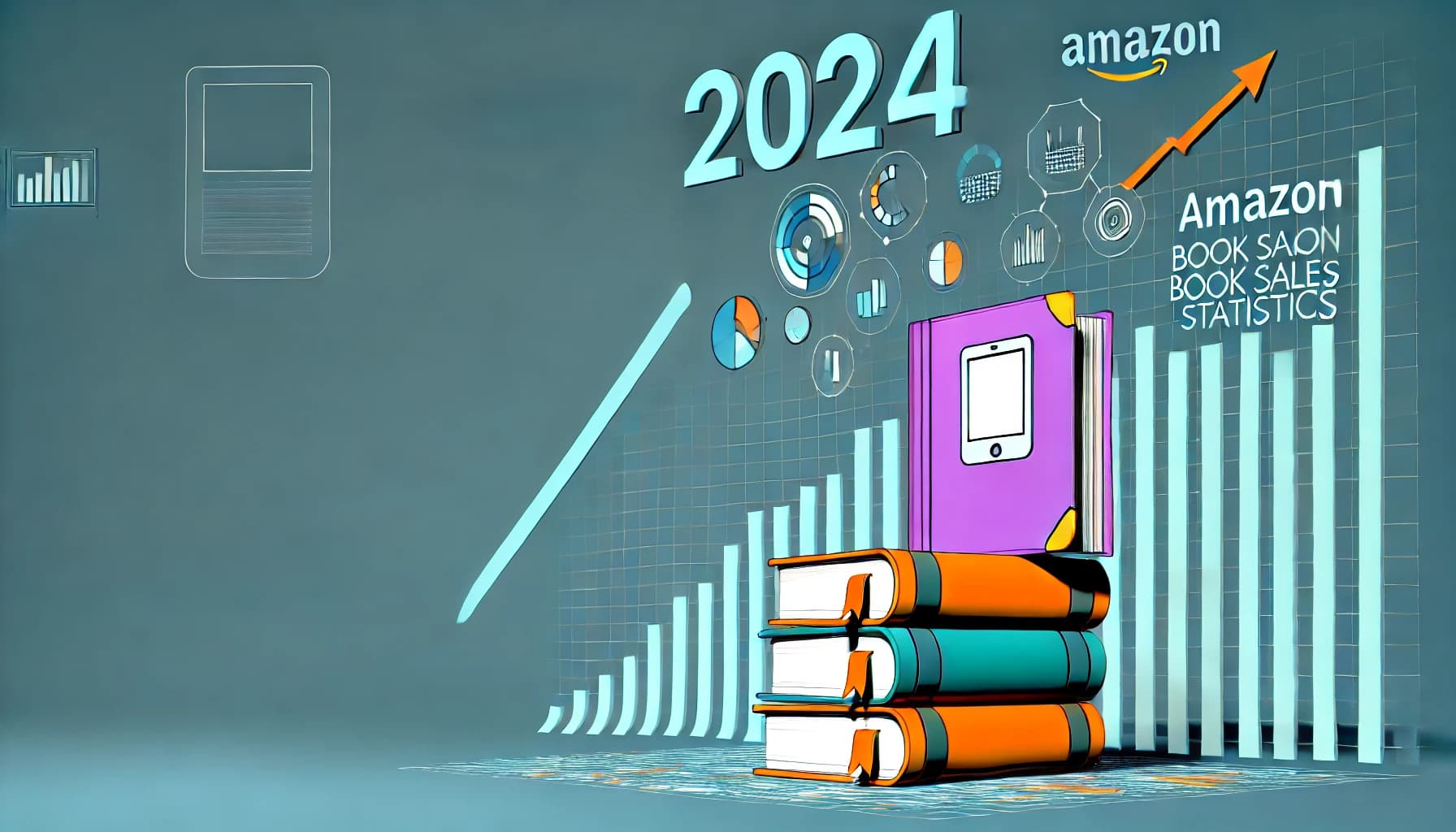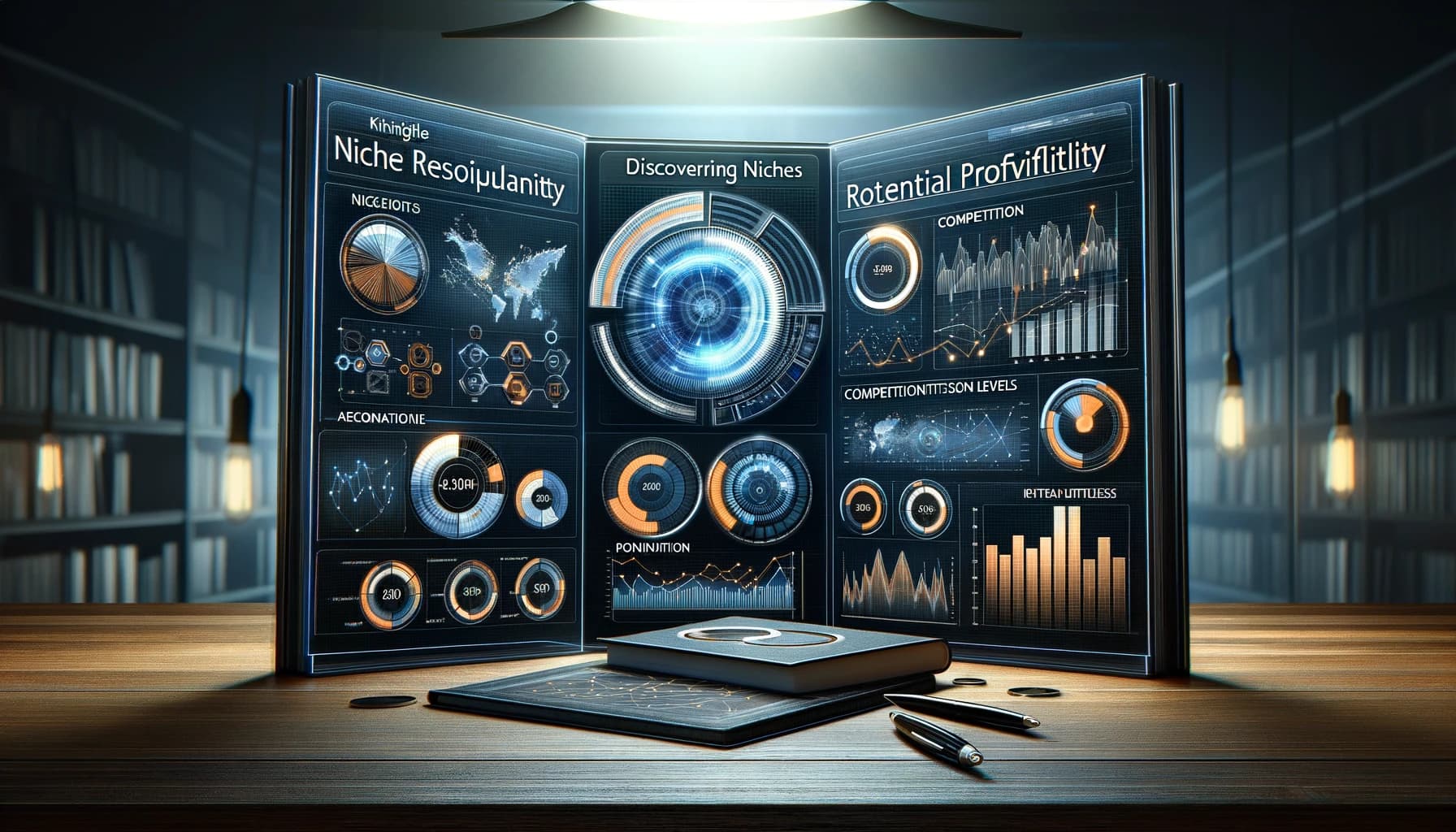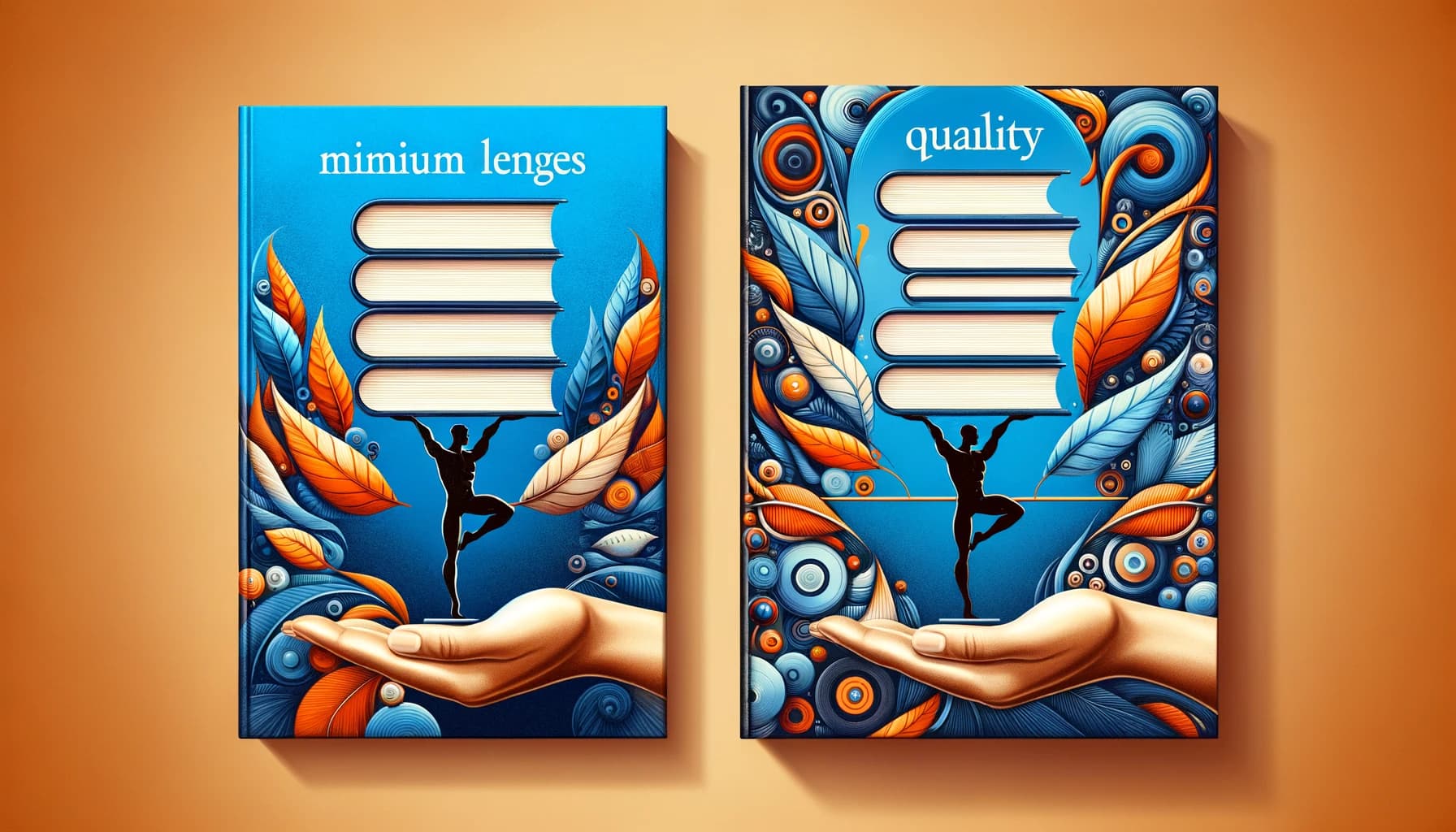Table of Contents
You’re not alone if facing a blank journal page feels intimidating—it’s pretty common to get stuck staring at that empty notebook, unsure how to begin. We’ve all been there.
Thankfully, there are a bunch of creative journaling techniques that can ease you into filling pages and actually enjoying it. Stick around, and you’ll find simple tips like using mixed media art journaling, exploring photo and video formats, doodling your gratitudes, and even ways to squeeze journaling into short bursts of free time.
Ready to kick journaling anxiety to the curb? Let’s do this!
Key Takeaways
- Use mixed-media art journaling to freely express yourself without needing perfection.
- Mind mapping helps visually organize complex feelings and goals easily.
- Record daily memories through photos or short videos to reflect later effortlessly.
- Add quick doodles to gratitude lists to make them more personal and playful.
- Keep sessions short (20-30 mins) with a timer to remove pressure and build consistency.
- Create simple visual symbols for emotions to track your feelings clearly.
- Add artistic elements to bullet journal lists to combine creativity and functionality.
- Fill your pages with collected materials and memorabilia to reduce blank-page anxiety.
- Select comfortable, quality art supplies that inspire creativity without frustration.
- Accept mistakes as part of journaling—focus on enjoying the process over perfection.

Step 1: Start with Mixed-Media Art Journaling
If you’re new to creative journaling, mixed-media art journaling is a great place to begin, because it’s low-pressure and there are no strict rules.
Start by grabbing a blank notebook, then use whatever art supplies you have around—like watercolors, pencils, markers, stickers, or even fabric scraps.
The goal isn’t making something perfect; it’s about capturing how you’re feeling or thinking in a visual and expressive way.
One really useful approach is the accordion journal, a big trend in Spring 2025 art journaling, where the pages fold out, giving you more space to combine sketches, collaged paper outside, and written thoughts inside the folds.
If old magazines or colorful paper catch your eye, cut and paste them freely on pages along with a quote or personal thought that speaks to you.
Step 2: Use Mind Mapping for Personal Reflection
Mind mapping helps you sort through your thoughts visually—you just scribble your main idea in the middle of your page then branch out with words, phrases, and doodles, connecting everything together.
It’s perfect when you’re stuck in your thought process or have complex feelings swirling around that you can’t figure out with regular journaling.
It’s also super useful for keeping track of goals and future projects because you can clearly see connections and steps to take.
Here’s an actionable tip: label each mind-map branch using short phrases or single words, then decorate around them with related stick-figures, emojis, or quick sketches.
As you fill the paper, your map gradually becomes a unique representation of what’s on your mind, and reviewing the map afterward might give you surprising new insights about yourself.
Step 3: Try Photo and Video Journaling
Not everyone enjoys handwriting or drawing and that’s totally fine—photo and video journaling offers another fun option to document and explore your experiences.
You don’t need fancy gear either; just use your smartphone to snap quick photos or record short videos that capture a happy moment, an interesting sight, or even just your daily routine.
If you’re feeling creatively stuck, try choosing photo themes inspired by different seasons or specific subjects—for instance, you could use these winter-themed writing prompts as inspiration for the kind of moments you’d like to capture visually.
Then, organize them into monthly or weekly digital albums you can easily look back on for reflection.
This form of journaling works wonders for memory-keeping and helps you see everyday life from fresh perspectives.

Step 4: Practice Gratitude Journaling With Doodles
Gratitude journaling is already a popular method to reflect on the good things in life, but adding doodles makes it way more enjoyable and personal.
Instead of simply listing what you’re thankful for each day, why not sketch it out?
You could draw your morning coffee, your favorite plant, or even a funny cartoon of a friend’s joke—anything small that brightened your day.
Keep these doodles quick and spontaneous, because it isn’t about awarding yourself art points—it’s just a playful way to notice and remember the small moments.
To start, dedicate just one notebook page per day to 3-5 things you’re grateful for and doodle beside each one.
If you’re feeling extra creative, try out multilayered handmade journals, another Spring 2025 trend according to Stampington & Company, so you can create interactive layers in your personal doodle reflections.
Step 5: Set a Timer for Short Art Journaling Sessions
If the thought of sitting down and journaling for hours feels overwhelming, setting a timer can really take the pressure off and keep journaling sessions manageable.
In fact, the big journaling trend this Spring 2025 is a suggested daily 30-minute creative session, as seen in the Art Journaling Spring 2025 ideas roundup.
All you need is a timer (or even your phone’s alarm) set for 20 to 30 minutes, and you’re set to start creating without stressing about the time or outcome.
When the timer rings, put your journal away even if you’re not “done,” which helps reduce anxiety (since you’re only committing a short period of time) and creates anticipation to pick up again the next day.
It’s also smart to keep your favorite art supplies handy, so you don’t lose precious minutes searching for that blue marker or glue stick.
Step 6: Use Symbols in Your Journaling to Track Emotions
Symbols can work like visual shorthand for capturing how you’re feeling each day, especially if words don’t fully describe it.
For example, create your own legend at the front of your journal with symbols for emotions like a heart for happy, cloud for worried, a question mark for confused, or even a cactus for irritation—that one’s my favorite.
Try drawing these symbols next to your journal entries or notes about daily life.
Over time, tracking patterns through visual symbols makes you aware of emotional cycles, triggers, or moods you might overlook otherwise.
This can provide fantastic self-insight and an unexpectedly creative way to handle complicated feelings.
Step 7: Combine Journaling With Bullet Journal Techniques
Bullet journaling methods are known for their simple structure, organized lists, and symbol-based to-do systems—which can easily blend with more artistic journaling styles.
A basic starter tip for combining these approaches: create a monthly overview page in bullet form listing important dates or tasks ahead of time, then add artistic touches like color-coded paint streaks, doodle borders, or postcard cut-outs to make it visually appealing.
You could also consider using special symbols (bullet journaling calls these “signifiers”) to effortlessly mark tasks completed, events canceled, or priorities shifting.
If you enjoy creative writing or storytelling as part of your daily journaling, consider using prompts like these fall writing prompts to inspire your monthly goals or reflections while still keeping your bullet system intact.
Merging function and creativity in your pages can make planning feel less like a chore and more like an enjoyable daily routine.
Step 8: Experiment With Junk Journals to Avoid Blank Page Anxiety
Blank pages are definitely intimidating, especially if you’re just getting started with journaling—but a junk journal solves that.
A junk journal is simply a collection of found pages like old book sheets, colored envelopes, ticket stubs from your travels, postage stamps, and even pressed leaves or flowers.
Just by having varied materials as pages, you’ll feel less pressure to create something “perfect.”
Nature journaling expert Marley Peifer highlights junk journaling as a top trend this year, specifically because it allows easy storytelling and capturing real-life memories like trips and outdoor adventures.
Give yourself permission to glue in whatever bits of paper or memorabilia you stumble on—and the visual interest immediately removes the fear of staring at something too clean, empty, and intimidating.
Step 9: Choose Art Supplies That Encourage Creativity
The tools you choose can affect your journaling mood: great supplies can boost creativity, while awkward or uninspiring tools can kill your motivation fast.
You don’t need fancy, expensive gear; choose comfortable pens in fun colors, watercolor pencils to easily blend and layer, washi tape for simple decoration, or travel-friendly art supplies if you prefer journaling out in nature or during your lunch break.
If you’re looking for a project to showcase your art style in other formats, you might even consider learning how to publish a coloring book.
Practical tip: invest in quality paper that doesn’t bleed through easily—trust me, nothing ruins journal pages faster than colors and inks seeping through the paper unexpectedly.
Step 10: Accept Imperfect Pages as a Part of the Process
This last step is about mindset as much as method: accepting imperfect pages is crucial so you actually enjoy journaling instead of getting lost in perfectionism.
Remember, your journal is personal and private, not a showcase meant for gallery walls.
If glue smudges or ink blotches happen (they will), instead of getting discouraged, consider turning mistakes into something new—like making ink splatters into flowers or abstract designs.
Sometimes the most “mistake-filled” pages become your personal favorites anyway because they show authenticity and remind you of moments where you bravely kept creating despite imperfections.
Bottom line: aim for joyful creativity, not flawless outcomes, and you’ll find journaling becomes something you genuinely look forward to every day.
FAQs
Try junk journals filled with collage papers, recycled materials, or scraps. Starting with pages that already have texture and color reduces blank page stress, making it simpler to dive straight into your creative expression without hesitation.
Use personalized symbols or color codes to quickly represent your feelings each day. This visual shorthand makes it easy to reflect back and notice emotional patterns, allowing a clearer insight into your overall emotional well-being.
Choose basic, versatile materials like gel pens, acrylic paints, washi tape, and glue sticks. Keeping supplies simple and approachable encourages experimentation without being overwhelming or requiring major investments upfront.
Aim for short, focused sessions—around 10 to 20 minutes—to maintain consistency. Using a timer helps you prevent overthinking and encourages daily creative practice without feeling drained or pressed for time.



